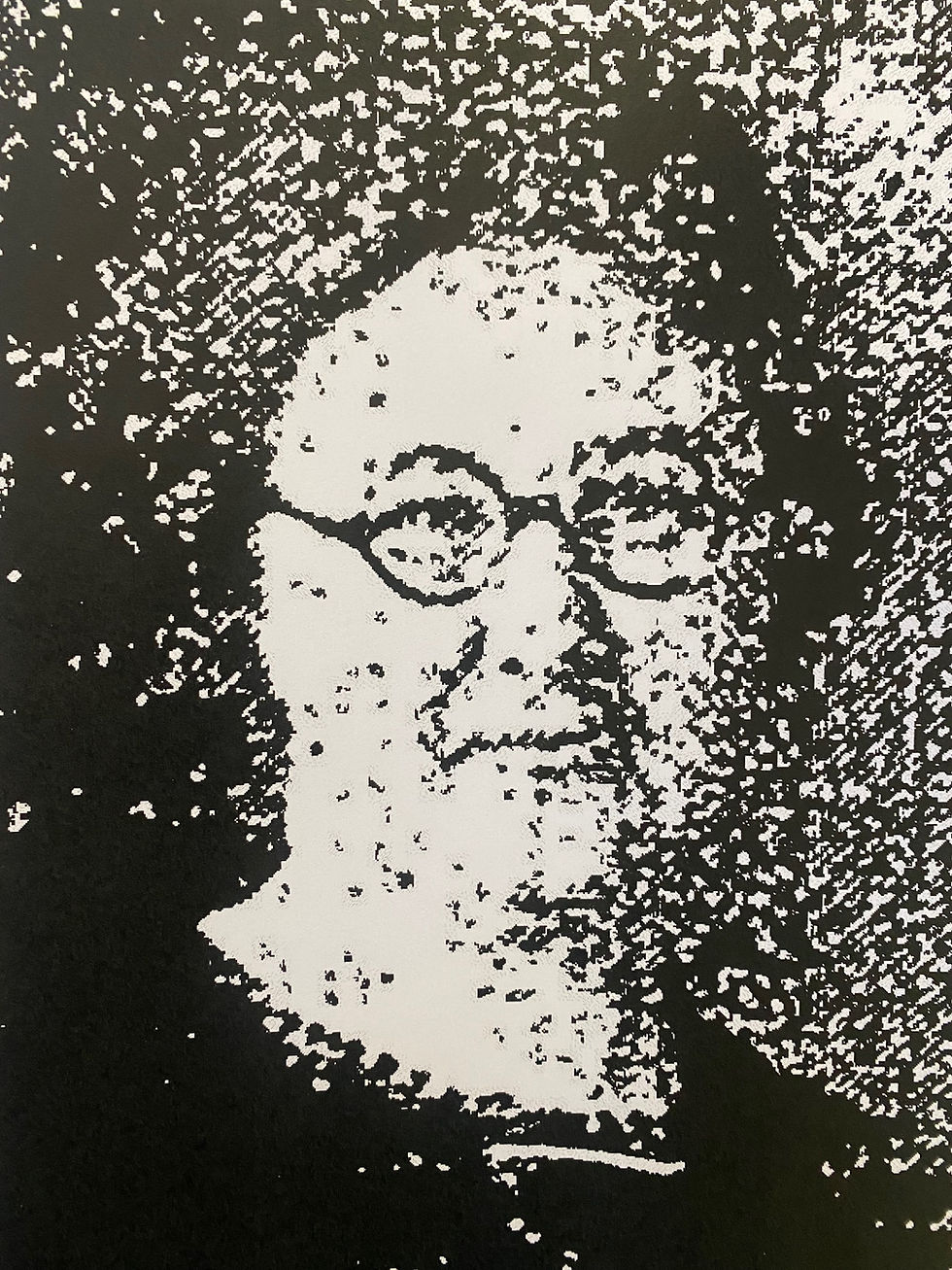People v. Hildabridle-Anatomy of a Cocktail
- kellison71
- Jul 13
- 4 min read
Anatomy of a Cocktail
Welcome back to the Castle Cocktail Lounge: The Bar where we discover all things Michigan legal history with a nice cocktail pairing. Last week, we Raised the Bar for Equality. This week, things get a bit more saucy.


John Voelker is perhaps Michigan’s most famous state Supreme Court justice, but not because of his legal opinions (although those are highly regarded). Rather he became famous as the author of the book Anatomy of a Murder (1958), which later became a film. Forgive yourself if you know the book but not the author. He wrote under a pen name: Robert Traver. [Fun Fact: Traver was his mother’s maiden name.]
Voelker was appointed to the Michigan Supreme Court in 1958 by Governor G. Mennen Williams. He was later elected to continue his term, but Voelker only remained on the high court for three years, opting to enjoy his book earnings and fishing in the Upper Peninsula. In those three years, he left a mark on the state’s legal history.
Another Fun Fact: thanks to Voelker, we have a majority opinion that begins with the words “I dissent,” which is typically how the minority opinion begins. Here’s the story:
In 1956, police raided the Sunshine Gardens nudist colony near Battle Creek and arrested many, including Earl Hildabridle, on charges of indecent exposure. Lower courts found them guilty and sentenced them to 30 days in jail, a $250 fine, and two years probation. They appealed.

The high court was going to uphold the verdict due to Michigan’s law against public nudity. They also stated that the US Supreme Court had already ruled that obscenity was not protected by the First Amendment.
Voelker disagreed with the majority’s findings, and so he wrote the minority opinion. He pointed out that what was at issue wasn’t the question of public nudity – that was against the law, no doubt – the issue was that the police conducted an illegal search and seizure. The colony had existed for six years, no one complained, and the police had great difficulty finding it in the first place, so how public was it? Since the nudists in the colony were only with like-minded people on their own hidden property, what was the crime? By extension, we could all be guilty of indecent exposure when in our own homes if someone decided to look through our windows uninvited, Voelker thought.
Voelker understood that the real driving force was moral indignation. He had no particular empathy toward the nudist colony, but said, “Private fanaticism or even bad taste is not yet a ground for police interference. If eccentricity were a crime, then all of us were felons.”
After circulating his opinion to the other justices, one justice was swayed to vote to overturn the convictions. This made Voelker’s opinion the majority, and when it was set to be published in the Michigan Reports, Voelker declined to remove the opening phrase “I dissent.” He said it would make the whole argument weaker since he wrote from a place of dissent, and he wasn’t going to rewrite it. So it remains Michigan’s majority opinion that begins with a seeming contradiction.
“You are a success in life if you’ve had as much fun along the way as possible, and hurt as few people as possible.”
Voelker returned to the U.P. to fishing and writing. He took up the cause of advocating for Native Americans of the Upper Peninsula, making that the central theme of his book Laughing Whitefish. Upon his death in 1991, the John D. Voelker Foundation created a scholarship fund for Native Americans to attend law school.

Food and drink are laced throughout the pages of his books. He expressed the ways in which food and drink connected people to each other, to personal histories, and to culture. For himself, an interest in a good cocktail may have come from his grandfather Nicholas who moved to Ontonagon in 1845 and opened a brewery, and his father George who owned a saloon in Ishpeming.
Old Fashioned

According to Voelker’s friend Ted Bogdan, Voelker’s only drink of choice was an Old Fashioned. Apparently, he believed martinis and such were “fancy” drinks best to be avoided. Voelker’s friends believed he made the best Old Fashioneds, even if his method was a bit unconventional. Here’s Bogdan’s explanation (and original typos):
He would start by pouring a little water in an old fashion glass. He would macerate one cube of sugar. Then he would pour in the booze, which was Cabin Still, Evan Williams, and later Jim Beam. The times remember best was when we had Cabin Still. Later on they changed the formula and it wasn’t the same. Then it was two shots of bourbon and then he would squeeze an orange in there. We also used maraschino cherries and a couple drops of Angostura bitters. It’s hard to believe, but two people can make them side by side and they’ll taste different. He would make them individually and the first drink was extremely strong. As the time passed and you drank your drink, it was replenished with water and bourbon. You would just keep nursing the original drink.

So, here’s the recipe: Voelker's Old Fashioned

Add a little water to an old fashioned glass. Macerate one cube of sugar.
Pour in 2 shots of bourbon (Cabin Still, Evan Williams, or Jim Beam)
Add a squeeze of fresh orange juice and a couple drops of Angostura bitters.
Garnish with maraschino cherries.
Sources:

“People v Hildabridle: Voelker and the Art of Crafting an Opinion.” The Verdict of History 353 Mich 562 (1958). Supplement from the Michigan Supreme Court Historical Society. February 2009.
“Ted Bogdan Oral History Interview Transcript.” Interview by Russell M. Magnaghi. Community Interviews. Central Upper Peninsula and Northern Michigan University Archives. https://uplink.nmu.edu/node/80997.
Russell Magnaghi, “John D. Voelker, Food, and Drink” Rural Insights, July 19, 2023. https://ruralinsights.org/content/john-d-voelker-food-and-drink/















